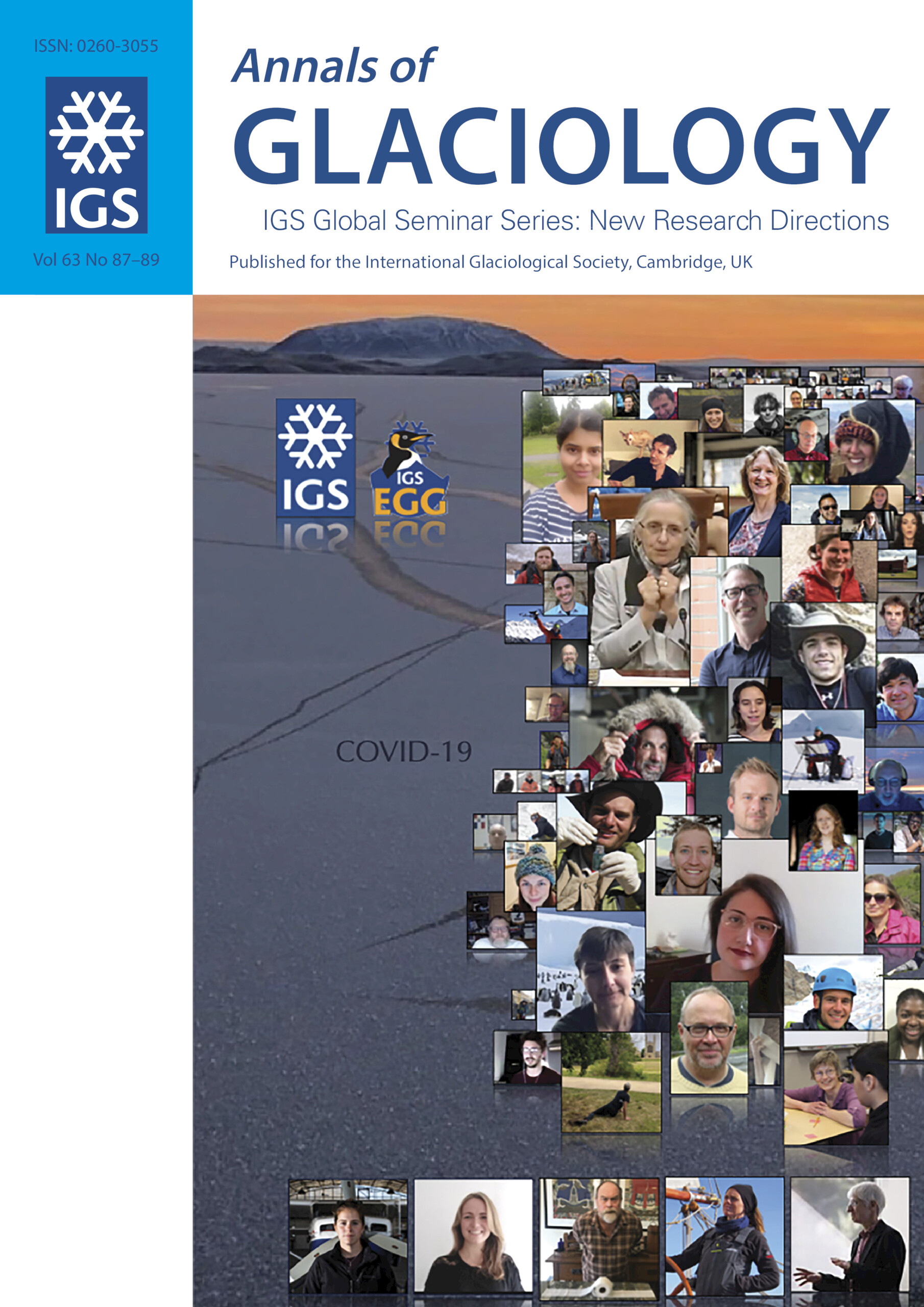 Bittor Muniozguren Arostegi together with IzotzaLab members Patricia Muñoz and Sérgio H. Faria, have published a new scientific article on the development of a low-temperature immersion microscopy technique for ice research
Bittor Muniozguren Arostegi together with IzotzaLab members Patricia Muñoz and Sérgio H. Faria, have published a new scientific article on the development of a low-temperature immersion microscopy technique for ice research
The paper has been officially published in the prestigious journal Annals of Glaciology, published by Cambridge University Press for the International Glaciological Society (IGS). In particular, this research was presented in the International Symposium on Ice in a Sustainable Society, which was held in Bilbao last summer and co-organized by members and collaborators of the IzotzaLab together with the IGS. This particular research received the IGS award for the best poster presented at the International Symposium on Ice in a Sustainable Society.
How to cite this article: Muniozguren-Arostegi, B., Muñoz-Marzagon, P., & Faria, S. H. (2024). Development of a low-temperature immersion microscopy technique for ice research. Annals of Glaciology, First View, 1–7. doi: 10.1017/aog.2023.74
ABSTRACT
Perennial ice can be studied for many purposes, including paleoclimate records or rheological properties. For most of those purposes, the ice microstructure must be studied, often through optical microscopy. The aim of this work is to assess the viability of immersion microscopy for the study of ice microstructures. It consists of using an oil between the objective lens and the specimen, to increase image resolution. Immersion microscopy is a technique well-developed for the investigation of diverse materials, but it has so far not been explored for ice research. Here we investigate the challenges and advantages of that technique. The main challenge is related to the selection of the immersion oil itself, which must satisfy a number of criteria, ranging from refractive index and viscosity to toxicity and reactivity. We identify pure silicone oil (dimethicone) as a simple and safe option for immersion microscopy of inner ice structures. Among its advantages, it provides higher resolution (compared to standard ‘dry’ microscopy) and it can be simultaneously used as a long-term coating to prevent undesired sublimation of the ice-sample surfaces. For the observation of surface structures, however, another type of oil with higher refractive index should be used.




